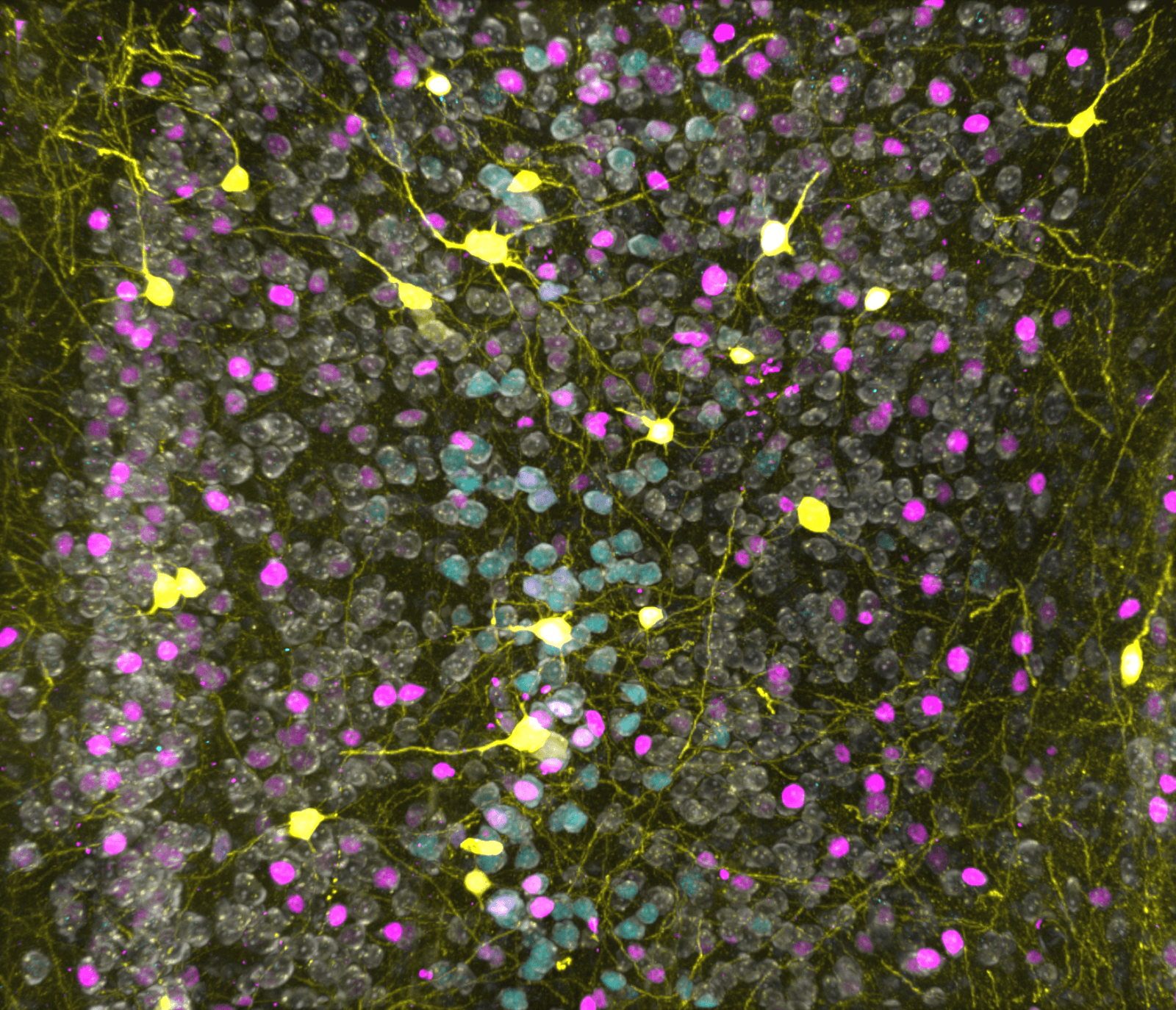Babies’ Brains: Powerful Learning Machines
by Sally Johnson
Flavio Donato explores how the infant brain learns, creates, and stores memories to help understand adult brains

The Author
As someone fascinated with learning, Flavio Donato, an assistant professor of neurobiology at the Biozentrum of the University of Basel in Switzerland, asks questions like, What types of changes does learning make within our brains? How do we keep these changes? How do our brains decide when it’s time to learn something new or not, to create a memory, or forget?
Donato is also the chair of the Federation of European Neuroscience (FENS)-Kavli Network of Excellence, a network of early- and mid-career neuroscientists.
As chair, he’s doing something he believes deeply in: bringing neuroscientists together from different backgrounds – in terms of disciplines they study or questions they’re exploring – to discuss the way forward and what will be making an impact during the next five to 10 years.
“We talk about what they’re focusing on and how can we collaborate to reach goals of understanding how memories are formed, or understanding how perception works, or understanding how our bodies communicate with our brains,” he explains. “These are questions we touch on during our meetings and then we try to collaborate, join forces, and achieve results faster.”
Another aspect he focuses on is fostering an inclusive environment, ensuring everyone is included and there are no barriers based on sex, sexual identity, ethnicity, or cultural background preventing anyone from accessing possibilities in neuroscience.
“We want to improve conditions, as neuroscientists working together, to create a bridge across the diverse disciplines of neuroscience,” Donato says. “We all can contribute to deepening our understanding of how the brain works—if such a thing is ever achievable. We believe we can do this by working together and creating a bridge between scientists and the public.”
Research in Learning
Donato considers himself lucky to have entered neuroscience during its technological revolution, “when the ability to record the activity of many neurons simultaneously deep within the brain became available,” he says. “Genetic engineering—modifying neurons so we can see them active and talking to each other, or manipulate their activation—was just coming of age.”
During the past few years, “we’ve asked deep questions,” Donato adds. “The level of biological precision of asking a question and insights we can gather is really new for the field of neuroscience. It's an exciting moment to be asking these questions because we can actually answer them.”
Because Donato is fascinated with learning, he was curious to explore the time in life in which we’re extremely powerful learning machines—as babies.
The human brain is frequently described as the most complex machine in the world, with an analogy to computers, “but an aspect we don’t appreciate immediately or enough is this ‘machine’ builds itself,” Donato points out. “A program for building a brain is embedded deep within our genetic code.” “During infancy and childhood our brain is extremely plastic because it’s an organ building itself, so it has to leave room for corrections if things don’t go right,” he says.
His lab explores why infants and babies have abilities to learn huge amounts of information in a small amount of time, but also how we develop a brain capable of learning from experience.
“Early on, infants learn about the world around them, so we’re studying how brain development supports the ability to perform complex cognitive operations like creating memories or solving mazes,” Donato says, noting that his lab works with rodents as a model system. “We’re searching for the biological underpinnings of memory development.”

Neuron diversity
The idea of diversity within the brain’s neurons (that may start when neurons are born) has been long held, but data demonstrating how much diversity is just now emerging. “This is a fascinating concept to me and inspired our work about how the brain regulates activity of these neurons for processing information and navigation—these are the two areas we’re most actively working on within the lab,” he adds.
In 2021, he published work that revealed extensive cell diversity in the brain. “Before, we didn’t have the tools and details to really understand that neurons, even though they’re considered similar to each other, are quite different,” Donato explains. “Now, we can explore things like which other neurons do they talk to, which genes they express, or even when during a learning process they are included. Do they represent or store information? Some are activated or recruited when a memory is made, while others might be made or recruited when storing a memory long-term.”
Donato’s lab is making intriguing discoveries that expand what we know about the brain. “It’s able to regulate the amount of plasticity, such as making new connections, turnover of connections, and coding of information, depending on previous experiences,” he says. “If you need to learn something, the brain switches to a plastic state. If memory needs to be consolidated, it switches to a more regular plastic state so you can remember information long-term.”